Data collection, viewability, brand safety - challenges for 3rd party digital measurement
Measurement has always been a crucial issue with media owners as well as advertisers. While India has had TV measurement in the form of TAM and then BARC, and the Indian Readership Survey (IRS) for print, the country is yet to have a measurement system in place for the rapidly growing digital sector. BARC India is in the process of developing its digital measurement system, called Ekam, but there is still time for its launch.
Along with this comes the issue of third party measurement, especially for digital. This was the subject for some intense discussions in the panel, titled ‘Third Party Digital Measurement – Need of the Hour?’, at Adgully’s The Mobile Media Summit, held in Mumbai.
The panel comprised industry experts such as Partho Dasgupta, CEO, BARC India; Tarun Katial, CEO, ZEE5 India; Ashutosh Joshi, Co-Founder & CEO, The Media Street; Mayoori Kango, Managing Director, Performix.Resultrix; and Sujit Ganguly, Head - Brand and Corporate Communications, ICICI. Megha Tata, COO, BTVI, was the moderator.
The speakers discussed the key issues faced by digital marketers and content providers, measuring RoI of digital campaigns, key challenges in getting third party measurement, as well as whether third party measurement a solution.
Commencing the discussions, Megha Tata made a case for third party measurement in the industry by stating that the world is moving towards digital and heavy investment is being made on the digital platforms, which had put the need for third party measurement.
According to the Indian Media & Entertainment Report by FICCI and E&Y, India has 480 million Internet users and it’s likely to go up to 830 million by 2021. Out of these 830 million, 250 million people are viewing video online. The average time spent on these devices has grown to 52 minutes in 2018, whereas it was only about 2 minutes 5-6 years ago. It is predicted that Indians will own about 650 million smartphones by the year 2019.
“Advertisers will go where the eyeballs will go. My estimate says that around Rs 1,200 crore – Rs 1,300 crore of the ad spends are on these digital platforms; however, nearly 60-70 per cent of this revenue is going to Facebook and Google, which offer their own independent analytics,” remarked Tata. She then went on to ask the panel members how such high spends can be justified on a platform where the distribution control is within the platform itself.
To this, Sujit Ganguly replied, “Being a BFSI player, what we are happy about is that digital helps us directly track the leads, applications for our products and loans, sell some products allowed online, and find out the exact traffic coming on our website from different media platforms.”
He added, “We would like to be able to identify the number of unique people across platforms that we are reaching out through digital. Each platform provides its own figures for the traffic, but I am unaware of the duplications across platforms. Since the figure is provided by the platform itself, it is not independently verifiable.”
According to Ganguly, the parameters changed across platforms. A video view on two platforms cannot be not measured in the same manner. He cited two reasons for the urgent need for third party measurement – a need for common metrics and a need to measure audiences across different platforms.
Tata noted here that there is skepticism on the veracity of digital platforms and asked the panellists how they are grappling with changing technologies on digital.
Mayoori Kango said here, “One of the biggest disadvantages of digital, I believe, is that it has always been accountable and measurable from its inception in India. When digital media grew in India, it grew on the back of search. The moment a user searched for something it was the fulfillment of a brand KPI. Those are the brands that grew in digital India. It is only in the last five years that we have seen the emergence of new players and the complexity has increased. What I love about digital is that no matter which platform you are on, you know more than just if somebody is watching. If you compare digital to other mediums, it is a lot more measurable. The need of the hour is to understand the metric that really matters. Is it impression or is it attention?”
“The reason you see so many tools coming every day is because nobody has the answer. This is a very nascent ecosystem that is a duopoly and it is very difficult to work around that duopoly to come up with an integrated way of measurement today,” she added.
When asked whether he believed that the data provided independently by platforms should be trusted, Tarun Katial agreed that there has been some skepticism on the data that has come through chatbots, etc. and added that it couldn’t be avoided, but at the same time he added that the amount of tools that digital provided for final level attribution was far better than what one would get anywhere else.
Katial further said, “When it comes to performance marketing today, I think what digital media can give you what no other media can. Let me tell you about video. We work with video as a large video platform and we are now bringing ad performance tools into our platform. When you look at independent attribution tools on digital they give you far better final level attribution than on traditional media.”
Commenting on print, he pointed out that 40 per cent of India’s adex is on print, “but what is the frequency of IRS?” he asked. “When it does come out, there are a large amount of discrepancies which often lead newspapers to sue. Compared to that, digital is much better,” Katial maintained, adding, “You may not get data from all platforms, but the attribution tools are all yours. If somebody like Sujit is looking for a lead, he can always use a third party tool that will give you attribution for an advertisement that happens on a platform, but the delivery happens on your own platform. There are many tools that allow you to measure the success of your campaign in an ongoing real time basis.”
“I may not be able to build classic reach frequency across platforms which is a point Sujit mentioned and that is a challenge that still exists. But we must remember that this is all user level data. While we all want to build reliable third party measurement tools that can reach across platforms, it is tricky how much user level data you can share with third party platforms for you to be able to build a tool like this,” he added.
Tata here asked Partho Dasgupta what he considered to be the key challenges in bringing in a third party measurement. To this, Dasgupta replied, “The issue lies first in collecting the data. When you really sit down to doing it, as Tarun rightly said, there are too many walled gardens. People will always agree in forums like this that data needs to be collected, but when you go to them with a tool they want to dictate how or to what extent the measurement will happen. That doesn’t work, because if you want something measured, you have to do it a certain way and it has to be uniform.”
According to him, the next challenge lay in reporting the data. Whether it is a 2-second, 6-second or 15-second ad, the parity in reporting is also very important.
The next challenge is the layer of ad fraud, brand safety, etc.
“These are the three buckets that I would put the challenges in. It is not that this is not possible, but it requires the collective effort of everyone sitting here – right from the man spending the money to publishers who want the money to be well spent and agencies that are facilitating that,” Dasgupta stressed.
When asked to share the issues that he had faced in the US as a measurement company, Ashutosh Joshi replied, “There are two challenges that we see globally, and not just in India. One is fraud and Bot and the other is viewability. Bot at this point is eating 21 per cent of all ad spends that is happening. For example, P&G has cut down its spending drastically. It now spends 15 per cent of what it used to spend.”
Continuing further Joshi pointed out that there were many independent players who offered measurement services, but everyone calculated it differently. “A brand like P&G uses 5 different vendors, whereas a brand like GSK uses three different vendors. These companies are spending a lot of money on these third party tools, but the amount of sophistication you are seeing on Bots is amazing,” he added.
Mulling over the short term solution until a uniform third party measurement is instituted, Mayoori Kango remarked, “Advertisers who spend a lot of money on branding have a need for third party tools much more than those that spend it on performance because performance campaigns are mostly last mile tracked. A Nestle or GSK have multiple tools to measure both viewability and brand safety. Now the question is – how many platforms in India are currently opted into those tools? Only after the P&G incident took place a year and a half ago did the awareness of this come to advertisers, especially in the local markets.”
Tata then wondered whether a third party tool is really needed for everything. “Here we are talking about how we don’t want a Google or Facebook to dominate the ecosystem. Do you really want one third party tool, wouldn’t you rather have three or four tools that are robust enough?” she asked.
Tarun Katial agreed that the KPIs are very complex and different and there cannot be one tool for all kinds of KPIs. He pointed out, “There are branding KPIs, display KPIs, Video KPIs, Downloads, and Lead generation, etc. There are too many things and we must understand that people want different things from digital. Advertisers want such deep amount of data and attribution today that coming from traditional media I am really surprised. Have the people who spent Rs 500 crore on television or print considered the last time they asked such tough questions from them.”
Sujit Ganguly believed that even with third party the question should be whether there should be industry standards or not. “There are many platforms that talk about data driven attribution models. Such models are a black box, because beyond a point they cannot answer how the attribution has been achieved,” he added.
“Another problem is that when one adds up the attribution tools of different platforms, one would actually get a performance which is more than 100 per cent, because every platform is saying as per last week you were X but because of data driven you are 3X. When you add up all the 3X you go beyond 100 per cent,” Ganguly explained.
“We have perhaps one of the largest apps in the banking space. We are working with perhaps the largest independent agency to monitor downloads. In the last six months we have not been able to get things right because the reporting tool is showing a discrepancy of more than 100 per cent and we have not been able to resolve it. So, the issue is third party but more than that is there a need for industry standards that ensure minimum quality,” he concluded.
All eyes are now on Ekam. When asked when BARC would ready to launch the service, Partho Dasgupta informed, “The capabilities are ready, we just need the support of everyone sitting here to get started.”





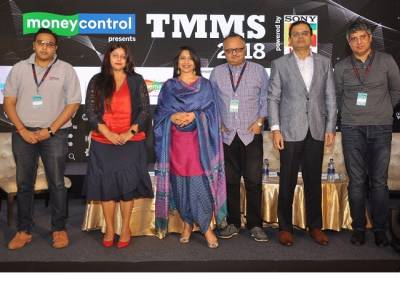
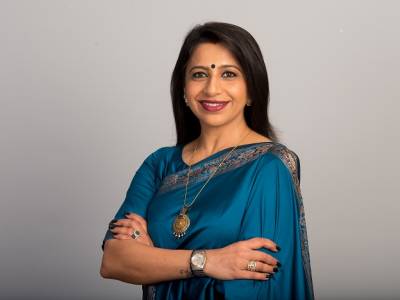
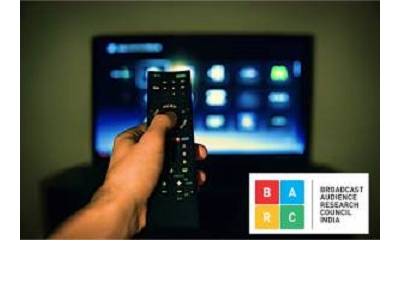

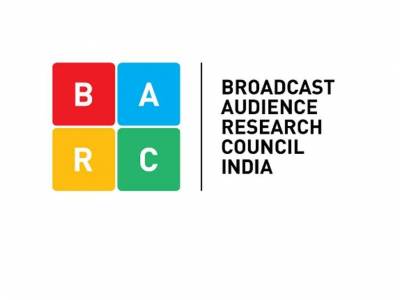
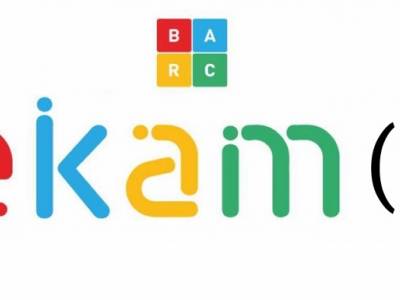
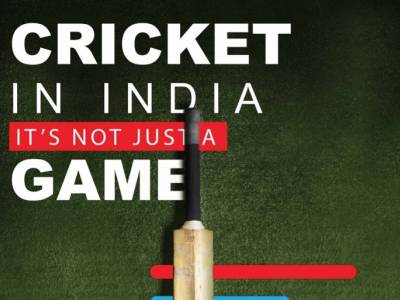
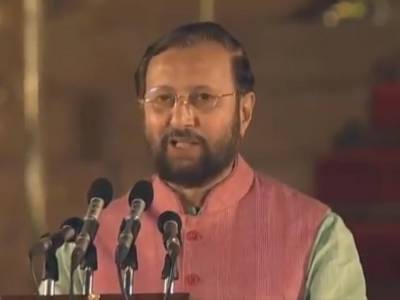
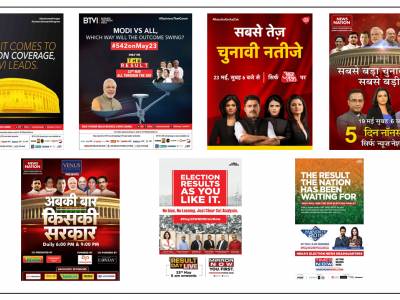



Share
Facebook
YouTube
Tweet
Twitter
LinkedIn